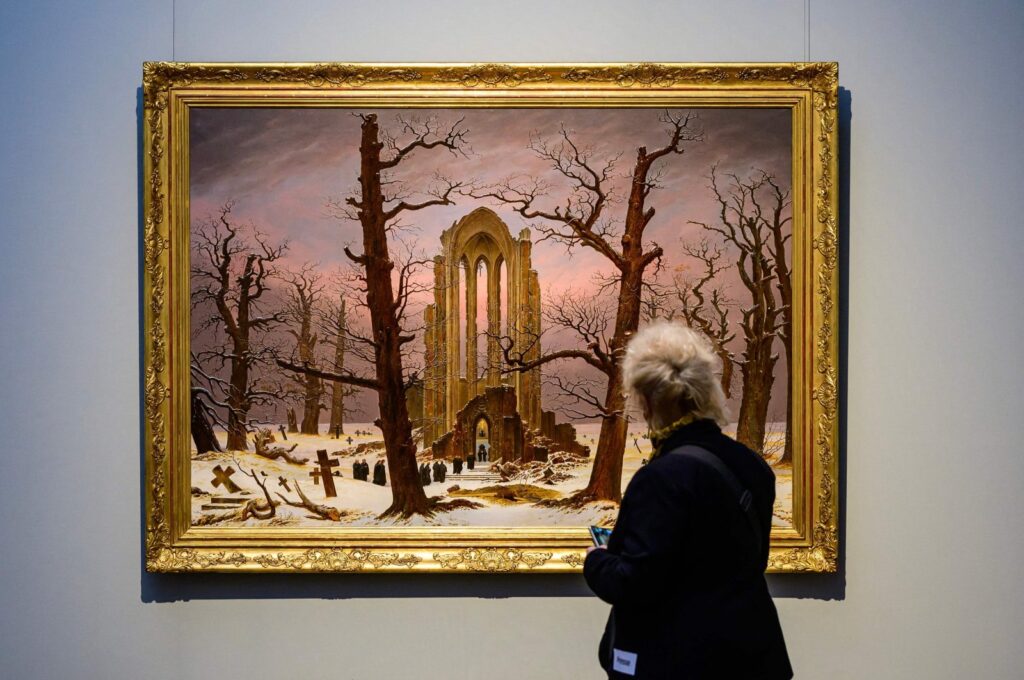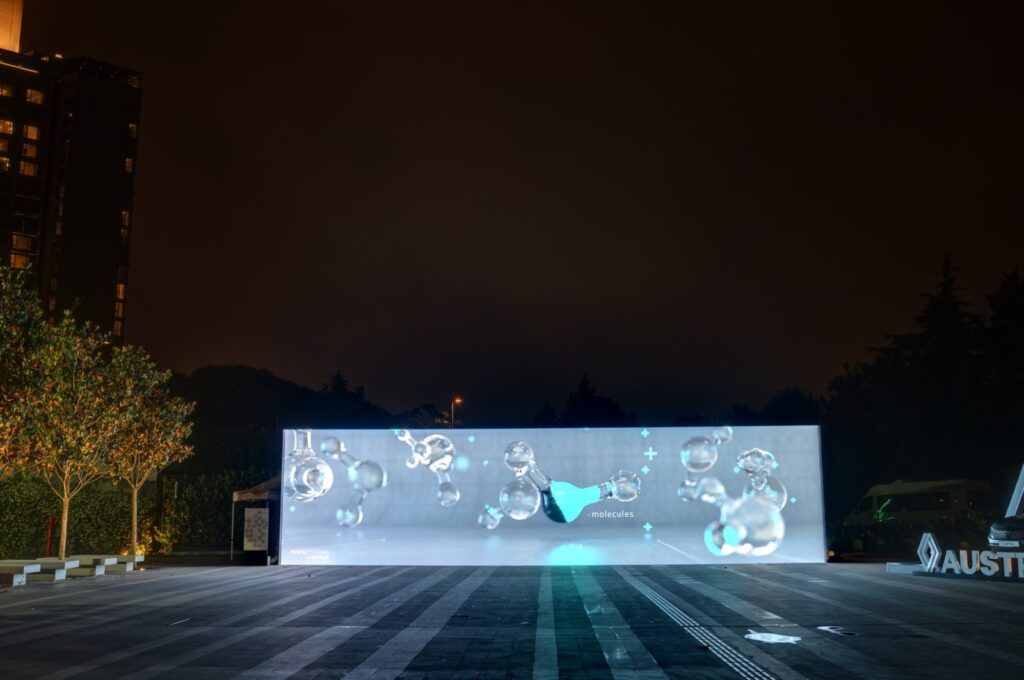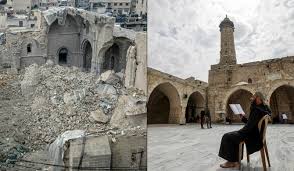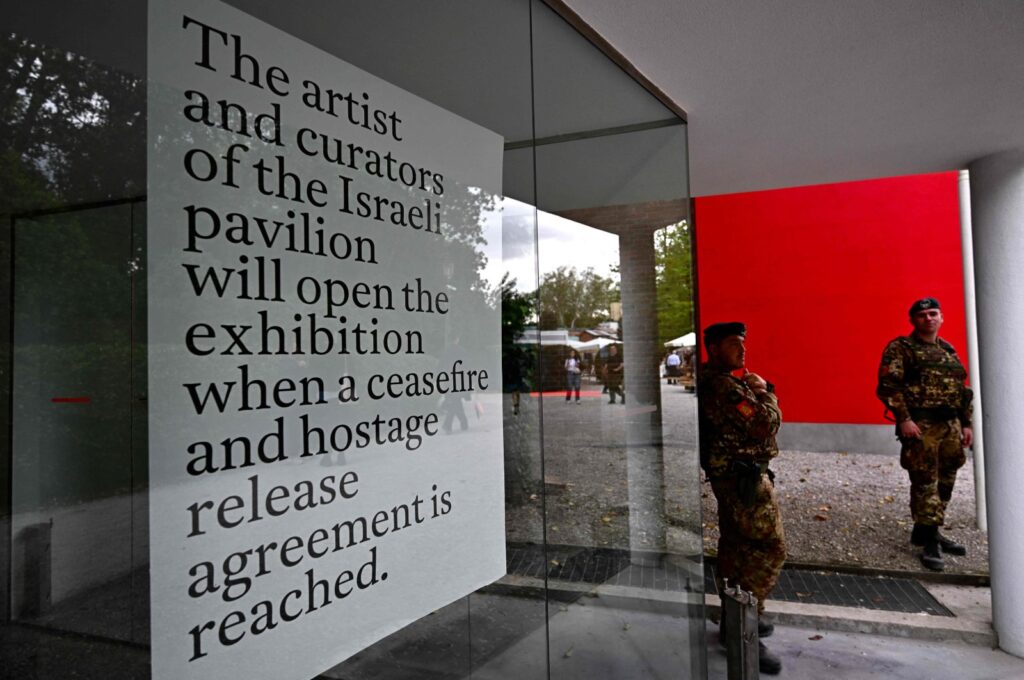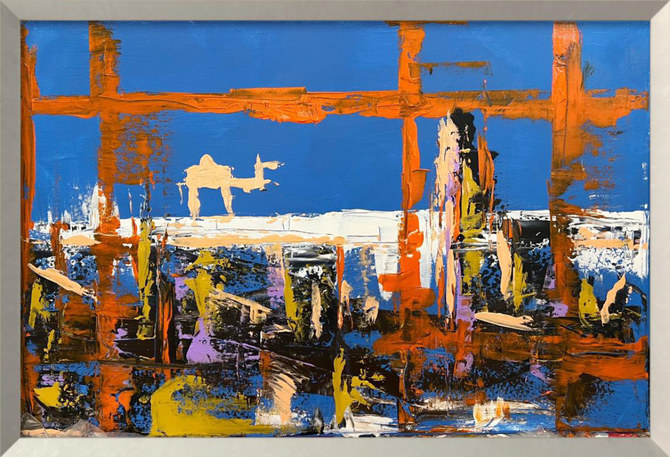
Monitoring Desk
ISTANBUL: In its latest exhibition, ‘And Now The Good News,’ Istanbul’s pioneering art institution Pera Museum traces the dialogue between press and art in the last 150 years with nearly 300 works from the collection of Annette and Peter Nobel
As one of the prominent cultural hubs of Istanbul, Pera Museum, with its historical building constructed by architect Achille Manoussos in 1893 in a distinguished part of the city, has always managed to entertain Istanbulites with its unique and original exhibitions. In its recent shows, the museum has focused on diverse subjects, such as the Byzantine legacy in popular culture and contemporary cultural values in the current crisis environment. Its newest show, “And Now The Good News,” puts another interesting subject under the scope: The relationship between press and art.

The exhibition, which welcomes spring at Pera Museum, aims to focus on the dialogue between art and the mass media, taking the invention of the printing press in the late 18th century and the formation of periodic journalism in the 19th century as a starting point. Discussing the most critical issues in science, culture and politics in the last 150 years, it reveals significant changes that occurred in the last 20 years and their impact on press art.
Curated by Christoph Doswald, “And Now The Good News” comprises works from Annette and Peter Nobel’s “Press Art” collection. Among the artists that take place in this collection are Alberto Giacometti, Aleksandr Rodchenko, Andy Warhol, Andreas Gursky, Jenny Holzer, Bedri Baykam, Barbara Kruger, Christo, David Hockney, Dennis Hopper, Elmgreen & Dragset, Fernand Leger, Georges Braque, Henri Cartier-Bresson, Joseph Beuys, Özlem Günyol & Mustafa Kunt, Le Corbusier, Malevich, Man Ray and Mayakovski.

While examining the relationship between text and news, on one hand, the show also highlights important points that have impacted the press and art. Visitors to the exhibition may witness how the invention of photography shaped society and the impact of totalitarian systems on mass media. Or they may discover more about turning points like the peace movement following World War II, the relationship between media industries and consumer culture, and the critical media discourse that emerged in arts in the wake of globalization. The transformation of concepts such as gender, religion and ethnicity in art and media as well as the development of social media society are other issues the exhibition will focus on.
“And Now The Good News” features around 300 works by 164 artists who have used a variety of media such as painting, photography, collage, drawing, installation and video. The curatorial framework of the show is based on the articles “Violence of Images, Violence Against Images” by French sociologist Jean Baudrillard, “More Light! Reading Pictures” by Art historian Dorothea Strauss, “Ten Thesis On Artistic Freedom and the Promotion of Art” by Felix Uhlmann and Cristina Bognuda. The exhibition also showcases a newspaper, which comprises texts by Ahu Antmen, Süreyyya Evren, Esra Özdoğan, Ece Temelkuran, Evren Savcı and Erkan Saka.

Annette and Peter Nobel highlighted that technical fascination and intellectual scope played a role in their decision to collect press art. “It is astonishing how many artists have temporarily, incidentally or repeatedly used newspapers as a basis for their works, even painted on newspapers or even designed them themselves. This is a conscious act and can be seen as a call to deal aesthetically with everyday phenomena. Art becomes a symbolic living world,” they added.
The exhibition curator, Doswald, also mentioned that newspapers and magazines are seen as mass consumer goods, produced anew every day and disposed of again immediately after reading whereas the idea of art having to be unique is prevailing since Enlightenment. Noting that photographic and print-chemical processes and the method of simultaneously communicating different contents in newspaper layouts, on the other hand, stimulate artistic techniques and strategies, he implied that “And Now the Good News” is an illustration of this stimulation.

“Under the genre term ‘Press Art,’ artistic products are gathered that are related to the printed word and the printed image in the broadest sense, that elevate the cheap, daily renewable consumer good to an expensive individual item: Collages made from newsprint; paintings whose model was provided by a press image; photographs showing a magazine cover; gouaches applied to newsprint; silkscreens based on a star photograph from a celebrity magazine. The paintings, collages, assemblages, drawings and prints in the collection of Annette and Peter Nobel tell of a time when the relationship between the direct original and the media image still existed,” he added.
“And Now the Good News” exhibition offers an art experience that both stimulates memory and inspires those trying to understand the present. The show will be open to visitors on the third, fourth and fifth floors and the cafe of Pera Museum until Aug. 7.
Pera Museum can be visited from Tuesdays to Saturdays between 10 a.m. and 7 p.m. and on Sundays between 12 p.m. and 6 p.m. Entry is free for all on Fridays between 6 p.m. and 10 p.m. and for students on “Young Wednesdays.”
Courtesy: Dailysabah
The post Nobel collection pursues 150 year of press and art at Pera Museum appeared first on The Frontier Post.



